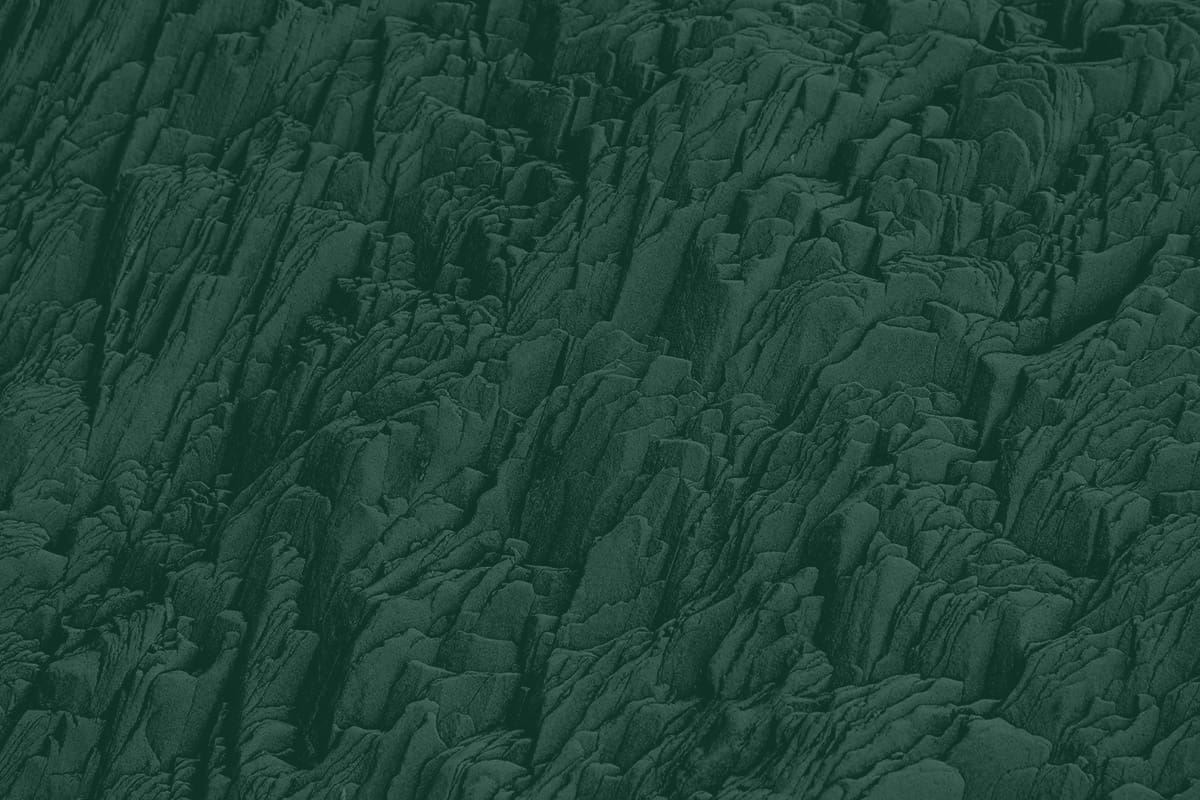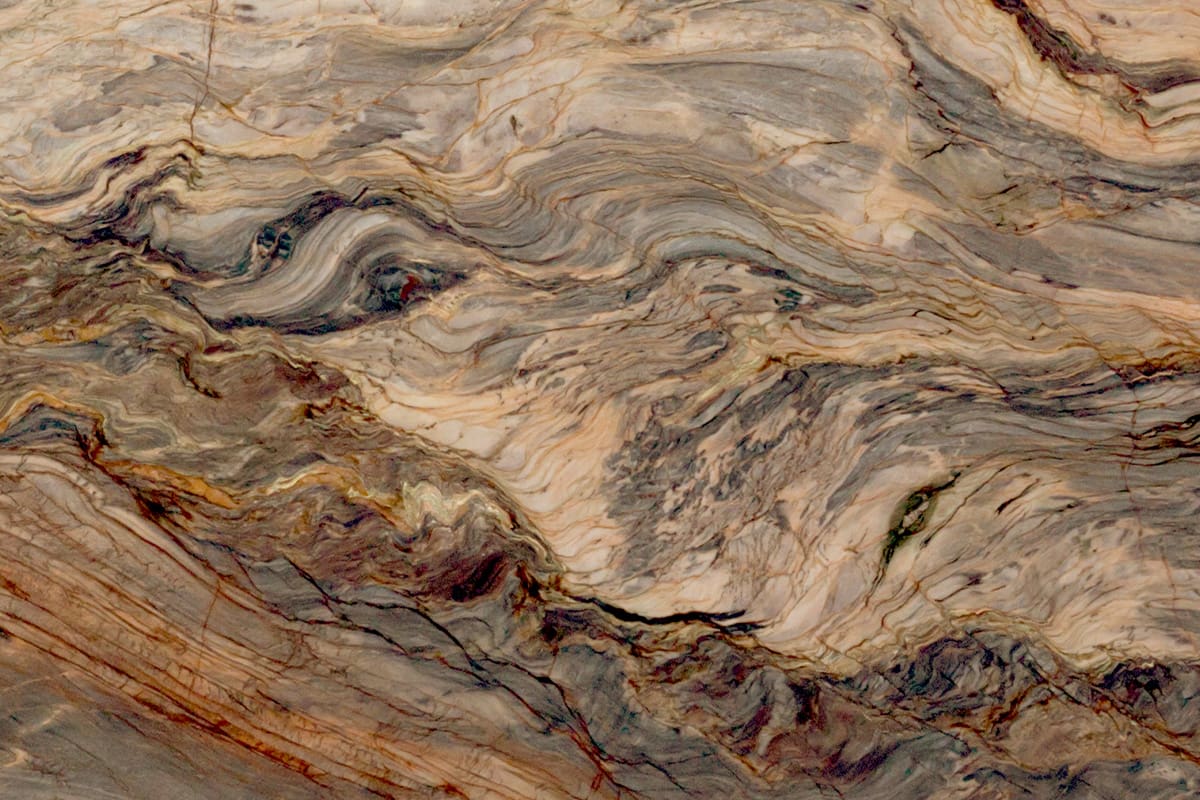The Omai gold mine project is located within the Guiana Shield in the interior of Guyana along the Essequibo River. The property consists of a 100% undivided interest in a 4,590 acre prospecting license granted from the Guyanese government to Omai Gold Mines for an initial period of 3 years. The project is located approximately 60 km from the city of Linden and is accessible by road and airstrip from the capital, Georgetown.
Omai is a past-producing gold mine that opened in 1992 and produced approximately 3.7 Moz gold, making it the largest gold mine in South America at the time. The mine was shut down in 2006, largely due to a weak gold price. As such, there is existing infrastructure on site including building infrastructure, tailings pond, cell service, ferry landing, and an airstrip.
The historic open pit mine focused on two deposits at the Fennell pit and Wenot pit. Previous drilling indicates that the mineralization in the Wenot pit and the Fennell pit extends below the current put limits, potentially connecting at depth.
In January 2024, Omai released an updated Mineral Resource Estimate that encompasses the Wenot Resources and the Gilt Creek deposit. The updated estimate contains 28.7 Mt of Indicated Resources averaging 2.15 g/t gold per tonne for 1.98 Moz of gold, and 31.4 Mt of Inferred Resources averaging 2.26 g/t per tonne for 2.28 Moz gold (based on 0.35 g/t cut-off grade for Wenot and 1.5 g/t cut-off grade for Gilt Creek).
Omai announced in April 2024 the results from its first Preliminary Economic Assessment (PEA) for the Wenot Project, one of the two gold deposits located on the Omai property. The PEA supports an initial open pit mining scenario for production averaging 142,000 ounces of gold per year over a 13-year mine life, with total payable gold production of 1.84 Moz.



